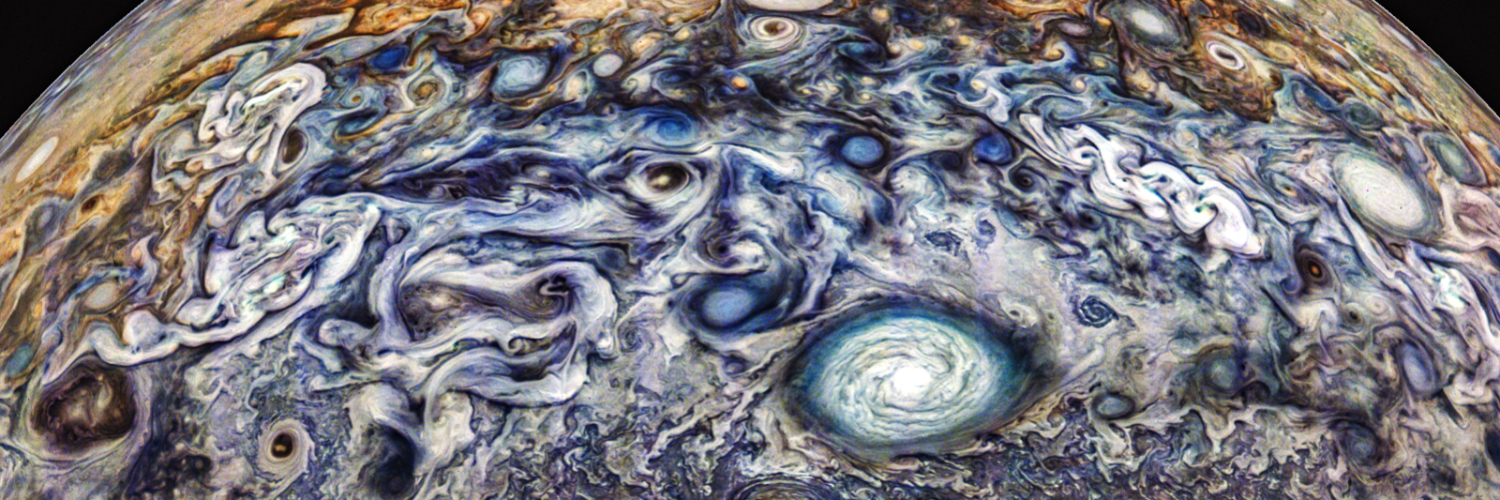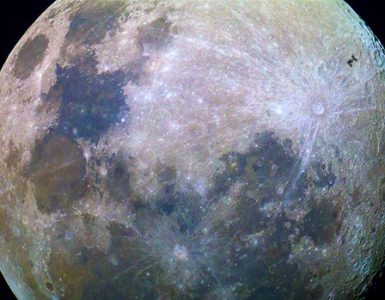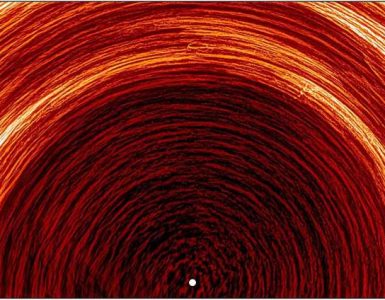by: Rhodilee Jean Dolor
A massive interstellar object, far larger than any celestial body in the solar system, may have once visited our cosmic neighborhood and changed the orbits of the four outer planets.
In a new study published in the arXiv preprint database on Dec. 5, Renu Malhotra, from the University of Arizona’s Lunar and Planetary Laboratory, and colleagues suggest that a massive cosmic visitor may have once flew by the solar system and altered the orbital paths of Jupiter, Saturn, Uranus and Neptune.
The researchers said that the event could have permanently rearranged our star system by warping the orbits of the four planets. The findings may also help shed light on why the orbits of all eight planets in the solar system are not perfectly circular and do not lie on precisely the same plane.
The Solar System’s Eccentric Orbits
Scientists have long wondered about the origin of the giant planets’ eccentric and non-coplanar orbits. The once-held expectation is that the planets move around the sun in perfectly circular orbits.
This ideal scenario supports the modern planet formation theories positing that the planets in the solar system formed from a protoplanetary disk, a rotating circle of gas and dust that surrounds a new star. However, the planets in the solar system do not have perfect circle orbits. Their paths neither occupy exactly the same plane.
“The modestly eccentric and non-coplanar orbits of the giant planets pose a challenge to solar system formation theories which generally indicate that the giant planets emerged from the protoplanetary disk in nearly perfectly circular and coplanar orbits,” the researchers wrote.
Encounter With Orbit-Altering Celestial Body
For their research, Malhotra and colleagues considered the possibility that the odd orbits of the planets may have been due to disturbances caused by encounters with massive space objects.
“In this paper, we investigate external perturbations from flybys of stellar and substellar objects as a mechanism for the origins of the dynamical architecture of the planets.”
To determine if a cosmic visitor may be responsible for the eccentricities in the planets’ orbits, the researchers carried out simulations of 50,000 flybys, each with a spaced time interval of over 20 million years.
They found that while the overwhelming majority of the simulations created conditions that are not consistent with the current solar system, around 1% show that the passage of a cosmic visitor could change the orbits of the giant planets to close their current state.
According to Malhotra’s team, an object with a mass between two and 50 times that of planet Jupiter could have changed the orbits of the giant planets in just one visit. This cosmic body could have flown within 20 astronomical units (AU) of the sun. One AU is roughly the distance between the Earth and the sun.
“We demonstrate that a single encounter with a 2–50 Jupiter-mass object, passing through the solar system at a perihelion distance less than 20 AU and a hyperbolic excess velocity less than 6kms−1, can excite the giant planets’ eccentricities and mutual inclinations to values comparable to those observed.”
But the flyby simulation that produced the best match to the solar system involves an object eight times as massive as Jupiter that approached the sun within a distance of 1.69 AU, or just slightly farther than Mars’ distance of 1.5 AU from the sun.
The researchers said that there is about a 1-in 100 chance that such a flyby would produce a dynamical architecture similar to that of the solar system.
“Our numerical simulations indicate that there is approximately a 1-in-103 to 1-in-104 chance of the necessary encounter parameters being realized with random encounters within an open star cluster having properties expected for where the solar system formed.”
The team said that an encounter with a celestial object that can distort the orbits in the solar system is not a remote possibility.
“Given that the estimated population of Sun-like stars in the Galaxy is on the order of 1010 and that stars are commonly formed in open star clusters, the 1-in-104 chance is not negligible. In other words, we don’t need to look for a needle in a haystack to find a suitable encounter.”
Malhotra and colleagues said that further exploration of the scenario is warranted. They said that substellar flyby encounters should also be considered when studying how the Kuiper belt, trans-Neptunian objects (TNOs) and the Sednoids formed and evolved.
They said that a statistical analysis of the flyby simulations may likewise offer new insights into the formation of extrasolar planetary systems whose architectures differ from our solar system.
“The scenario of a close encounter with a substellar object offers a plausible explanation for the origin of the moderate eccentricities and inclinations and the secular architecture of the planets.”
First Discovered Interstellar Visitor
Interstellar visitors continue to fly by the solar system. In 2017, astronomers detected what is now known as the first identified object from another star system.
The object called ‘Oumuamua displayed a mix of comet-like and asteroid-like properties.
It appeared to have a dry and rocky surface similar to asteroids. Non-gravitational forces likewise changed its orbit, exhibiting redirections seen in icy comets. When these comets approach the sun, they release gas from their heated ice, which then acts like a thruster that can change their trajectory.
A study published in Monthly Notices of the Royal Astronomical Society on February 10 suggests that tidal fragmentation may account for these dual characteristics.
Tidal fragmentation occurs when a celestial body passes too close to its star at high speed, causing it to shatter into long, thin fragments.
“These properties suggest a possible origin through tidal fragmentation, which posits that ‘Oumuamua was produced through intensive tidal
fragmentation during a close encounter with a star or a white dwarf, resulting in its shape and ejection from its natal system,” wrote study researchers Xi-Ling Zheng and Ji-Lin Zhou, from the Key Laboratory of Modern Astronomy and Astrophysics at Nanjing University in China.





